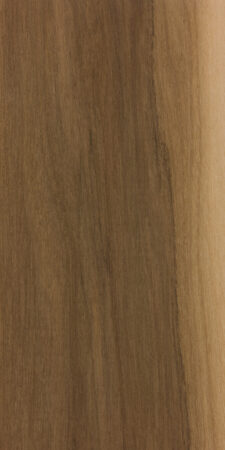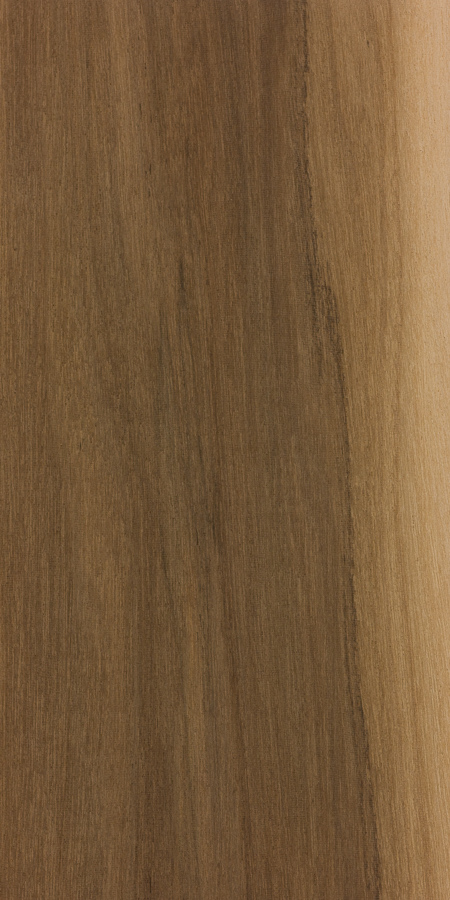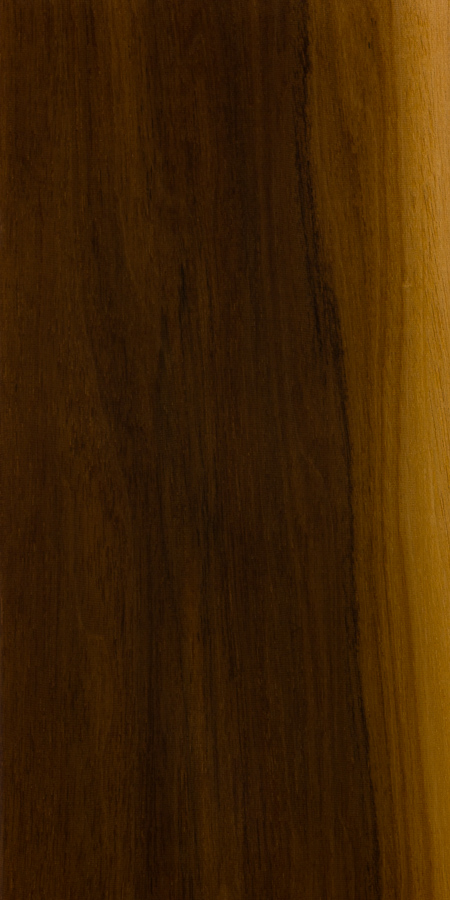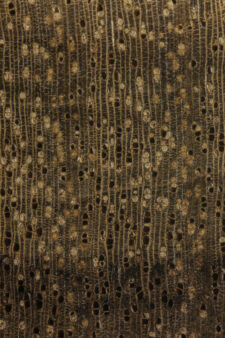References
| ↑1 | Tiew, P., Ioset, J. R., Kokpol, U., Chavasiri, W., & Hostettmann, K. (2003). Antifungal, antioxidant and larvicidal activities of compounds isolated from the heartwood of Mansonia gagei. Phytotherapy Research, 17(2), 190-193. |
|---|---|
| ↑2 | Mongkol, R., & Chavasiri, W. (2016). Antimicrobial, herbicidal and antifeedant activities of mansonone E from the heartwoods of Mansonia gagei Drumm. Journal of Integrative Agriculture, 15(12), 2795-2802. |
| ↑3 | Fragrant sandalwood, a natural fragrance worth preserving (2021, June 7). https://hkm.hrdi.or.th/Knowledge/detail/488 |
| ↑4 | Narakornwit, W., Sukwattanasinit, T., Wangwattana, B., Srisopon, S., Burana-osot, J., & Sotanaphun, U. (2018). Discrimination of Botanical Origin of Chan-thet, Chan-hom, Chan-chamot, Chan-khao and Chan-thana Using Chemical Test and Thin-layer Chromatography. Thai Pharmaceutical and Health Science Journal-วารสาร ไทย เภสัชศาสตร์ และ วิทยาการ สุขภาพ, 13(3), 142-149. |











